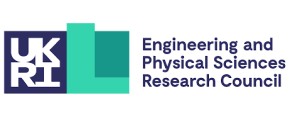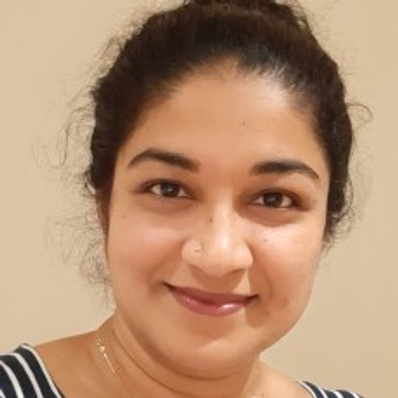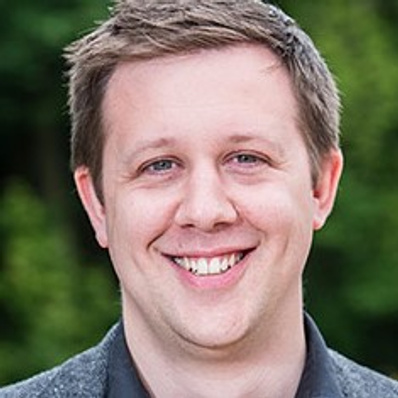Banner image: Peptide Snowflakes by Christian Bortolini (National Physical Laboratory) – Winner, 2025 MMC AFM & SPM Image Competition.
We’re excited to welcome you to the AFM & SPM 2026 meeting hosted in Leeds. This meeting will take place during 3 full day, Tuesday 23, Wednesday 24, and Thursday 25 June 2026, with on optional practical workshop on Monday 22 June 2026.
AFM & SPM 2026 will bring together speakers and participants from around the world, with a focus on cross-method collaboration, international knowledge exchange and developing the next generation of SPM researchers. Whether your work is in materials science, biology, chemistry, instrumentation, or computation, AFM & SPM 2026 aims to foster dialogue across the full range of scanning probe techniques from AFM and STM to MFM, KPFM, SNOM/NSOM, and beyond.
Join us in Leeds an opportunity to connect with a vibrant, international community and explore the evolving landscape of scanning probe microscopy.

With special thanks to the EPSRC for their support of this event.





